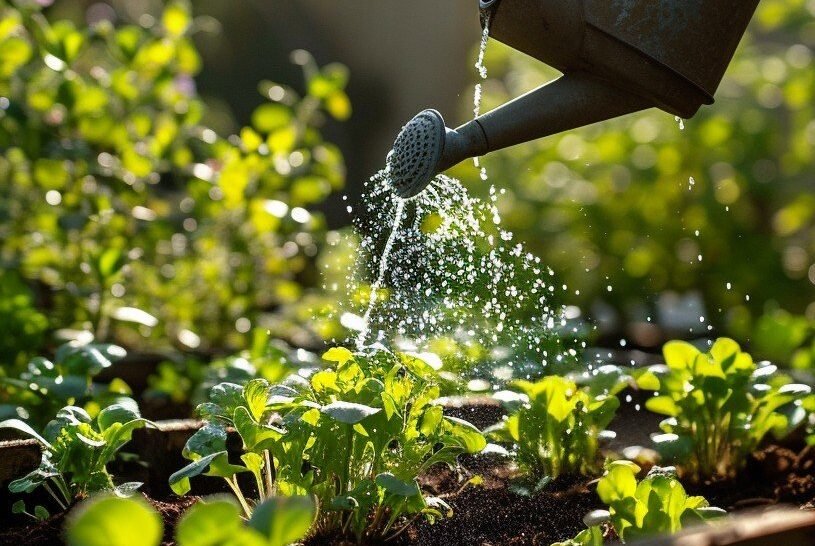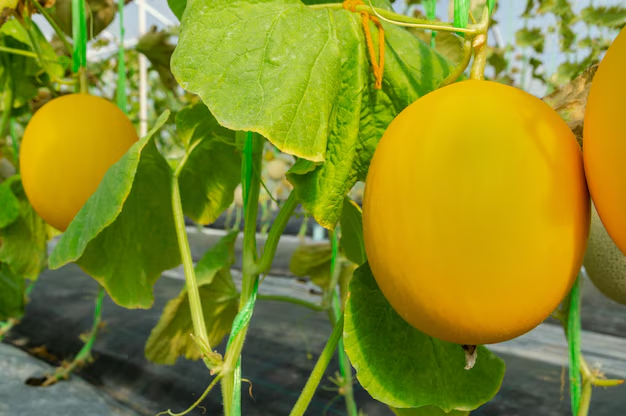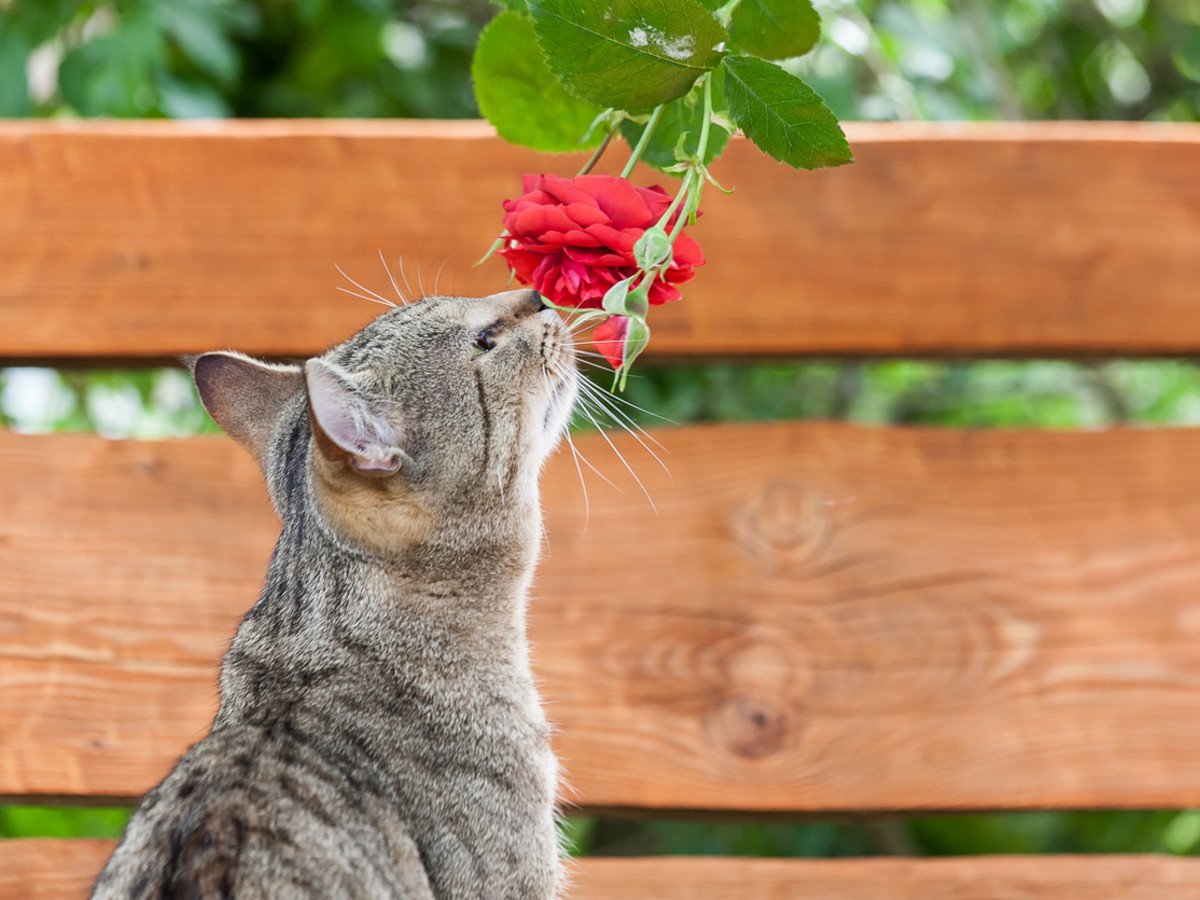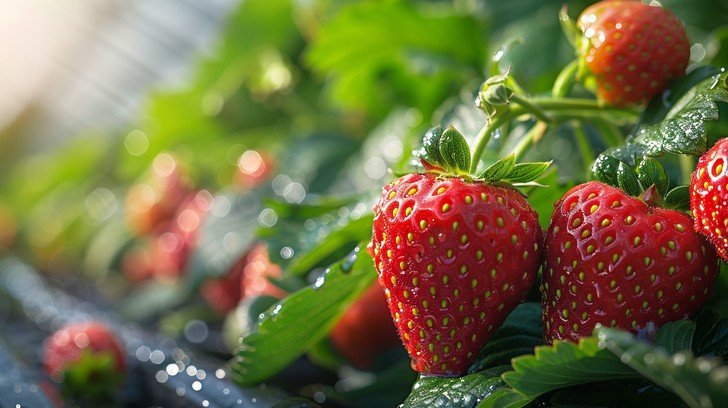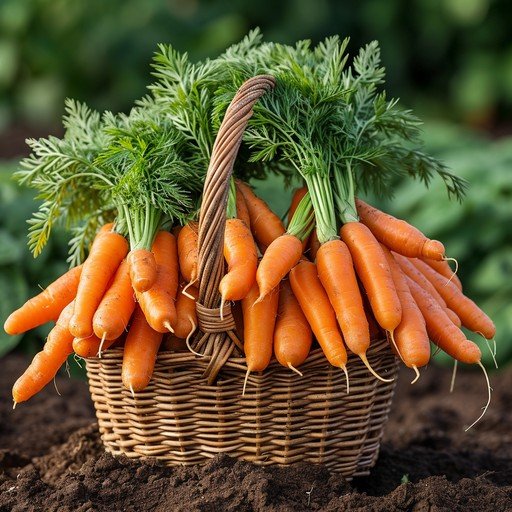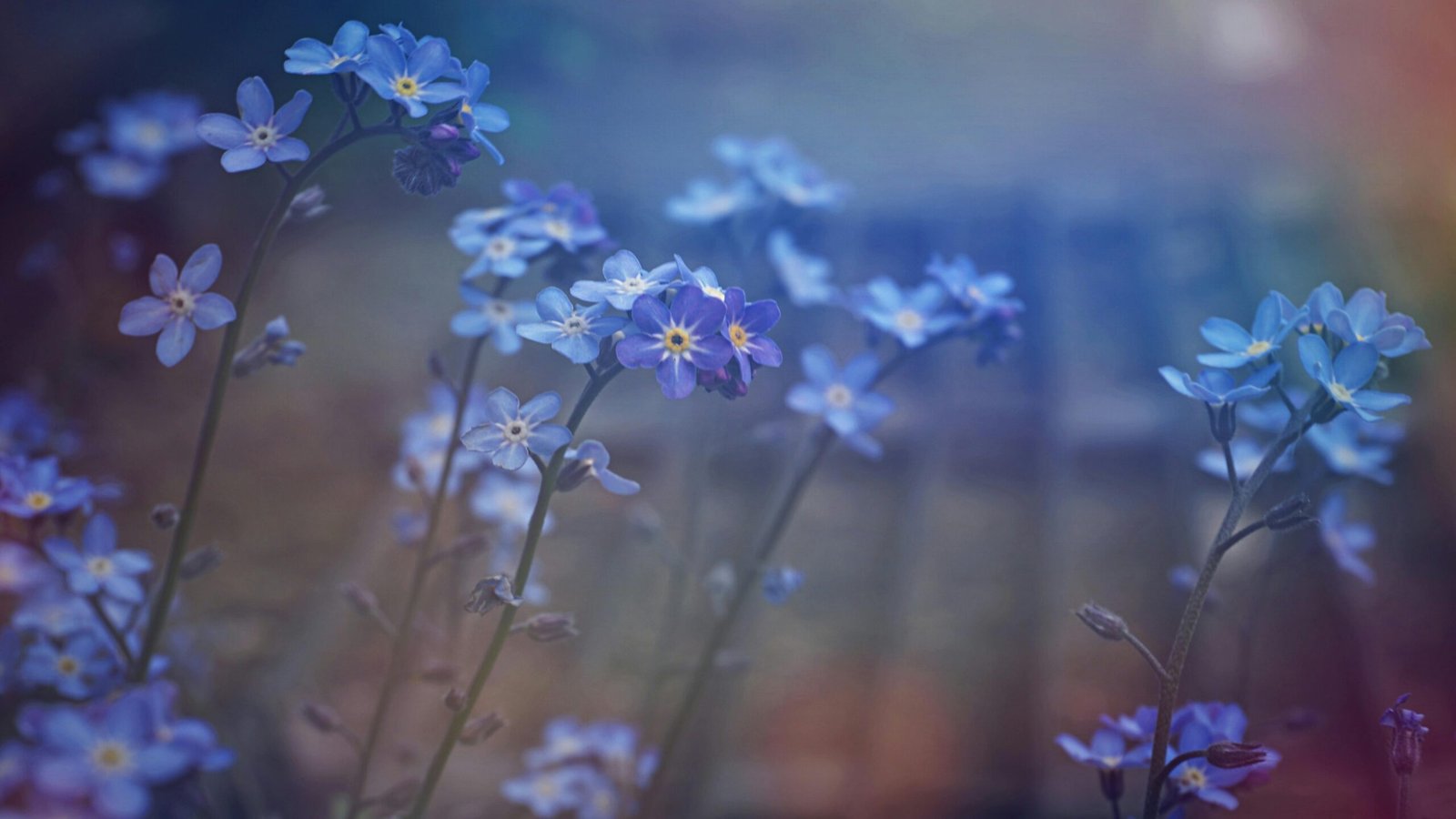How to Water Plants Efficiently and Save Water
If you’ve ever looked at your garden hose running and wondered how much of that water your plants actually use, you’re not alone. Many gardeners unintentionally waste gallons of water without realizing that most of it evaporates, runs off, or never reaches the plant’s roots. Learning how to water plants efficiently is one of the simplest and most rewarding steps you can take toward creating a more sustainable garden.
Let’s dig into the best techniques to water wisely, save money, and still keep your garden lush and vibrant throughout the growing season.
Why Watering Efficiently Matters
Water is a precious resource. During hot summers or dry spells, overwatering or inefficient watering can stress both your plants and your wallet. According to the U.S. Environmental Protection Agency, residential outdoor water use accounts for nearly 30% of total household consumption, and much of that is wasted due to poor irrigation practices.
When you water plants efficiently, you achieve several key benefits:
-
You use less water and reduce monthly utility bills.
-
Plants develop deeper roots, making them more drought-tolerant.
-
Soil health improves as water reaches deeper layers.
-
Less water is lost through evaporation or runoff.
A little planning and a few habit changes go a long way toward creating a self-sustaining garden ecosystem.
1. Understand Your Soil and Plants’ Needs
Efficient watering starts with understanding what you’re working with. Different soils and plant types have different water requirements. Sandy soils drain quickly and need more frequent watering, while clay soils hold moisture longer but can become waterlogged if overwatered.
How to test your soil:
-
Dig a small hole about 6 inches deep. Squeeze a handful of soil—if it crumbles easily, it’s sandy; if it sticks together tightly, it’s clay; if it holds shape but crumbles slightly, it’s loam (ideal for most plants).
-
Use a moisture meter to check water levels near the roots before watering again.
Group plants with similar water needs together—this method, called hydrozoning, prevents over- or under-watering. For instance, succulents and lavender prefer drier soil, while ferns and tomatoes need consistent moisture.
(Internal link idea: Connect this section to your post on “How to Prepare Garden Soil” for more detailed soil improvement tips.)
2. Water at the Right Time
Timing makes a big difference in how effectively your garden absorbs water. The best time to water plants efficiently is early in the morning, ideally between 5 AM and 9 AM. Temperatures are cooler, the sun is low, and winds are calm—meaning less evaporation and more water reaching the roots.
Avoid watering in the middle of the day when heat causes fast evaporation. Evening watering can also be risky because damp foliage overnight can invite diseases like mildew or fungus.
If you live in a particularly dry or windy region, consider using shade cloths or windbreaks to reduce water loss from soil and leaves.
3. Focus on Deep, Not Frequent, Watering
One of the biggest mistakes gardeners make is giving their plants frequent, shallow drinks. This encourages roots to stay near the surface, where they dry out quickly. Instead, water deeply and less often. This allows moisture to reach deeper soil layers, encouraging stronger root systems.
A simple rule of thumb: water until the soil is moist about 6 to 8 inches deep. You can check this by inserting a long screwdriver or stick into the soil—it should slide in easily when moisture levels are adequate.
Deep watering benefits:
-
Plants become more resilient to drought.
-
Fewer weeds germinate on the dry soil surface.
-
Less overall water is used over time.
4. Choose Efficient Watering Tools and Systems
Not all watering tools are created equal. Traditional sprinklers may look convenient but often waste water through overspray and evaporation. Instead, use targeted watering systems that deliver water directly to the roots.
Recommended systems:
-
Drip irrigation: Slow, steady delivery of water directly to the plant base. Extremely efficient for vegetable beds, shrubs, and trees.
-
Soaker hoses: Excellent for garden rows and flower beds; they seep water evenly into the soil.
-
Watering cans: Perfect for container gardens or small spaces where precision is needed.
For those with larger landscapes, installing smart irrigation controllers that adjust watering schedules based on weather data or soil moisture levels can save up to 50% of outdoor water use.
5. Mulch: Your Garden’s Moisture Shield
Mulching is one of the most effective and affordable ways to conserve soil moisture. A 2–4 inch layer of organic mulch such as bark chips, compost, or straw helps reduce evaporation, keep soil temperature stable, and suppress weeds that compete for water.
Organic mulch also breaks down over time, improving soil structure and water retention. Reapply mulch once or twice a year as it decomposes.
If you’re using decorative stones or gravel, remember they reflect heat and can raise soil temperatures, so they’re better suited for drought-tolerant landscapes than water-loving gardens.
6. Collect and Reuse Water Whenever Possible
Nature gives us free water in the form of rain—so why not use it? Installing rain barrels or cisterns to collect runoff from your roof is a sustainable way to supplement your garden watering needs.
You can also repurpose household water responsibly:
-
Collect water from rinsing fruits or vegetables.
-
Reuse dehumidifier or air-conditioner condensate (if untreated).
-
Redirect graywater from laundry (using eco-friendly detergent) to ornamental plants—where regulations allow.
Always check local laws before reusing graywater, as rules vary by region.
7. Adjust for Seasons and Weather Conditions
Your garden’s water needs aren’t static—they change with the seasons. Hot summer days call for more frequent watering, while cooler months or rainy periods require less. Installing a rain sensor or moisture meter ensures you only water when necessary.
During droughts, consider reducing lawn area and planting native or drought-tolerant species that thrive with minimal irrigation. Examples include coneflowers, blanket flowers, and ornamental grasses.
In wetter months, improve drainage around plants to prevent waterlogging. Raised beds, compost amendments, and perlite can all help.
8. Maintain Your Irrigation System
Even the most efficient setup can waste water if it’s not maintained. Inspect hoses, connectors, and sprinkler heads regularly for leaks or clogs. A single small leak can waste hundreds of gallons over the season.
Check that sprinkler patterns don’t overspray onto driveways or sidewalks—water belongs on plants, not concrete. Once or twice a year, flush your irrigation system to remove sediment buildup that could block emitters.
9. Build Long-Term Habits for Water Efficiency
Developing mindful watering habits takes time but pays off enormously. Here are a few long-term strategies to adopt:
-
Observe your plants regularly. Wilted leaves don’t always mean thirst—they can signal root or soil issues.
-
Use native plants. They’re naturally adapted to local rainfall patterns and soil conditions.
-
Compost regularly. Organic matter increases soil’s water-holding capacity.
-
Avoid chemical fertilizers. They can make plants grow shallow roots, leading to higher water demand.
Over time, your garden will adjust and become more self-reliant, requiring less water input and attention.
10. Quick Checklist for Efficient Watering
Here’s a simple checklist you can use to track your progress:
-
Test soil moisture before watering.
-
Water early in the morning.
-
Apply 2–4 inches of organic mulch.
-
Use drip irrigation or soaker hoses.
-
Group plants with similar needs.
-
Collect rainwater when possible.
-
Maintain hoses and sprinklers regularly.
-
Adjust watering schedule by season.
-
Choose native or drought-tolerant plants.
Gardena’s watering guide for further reading
Final Thoughts
Mastering how to water plants efficiently is about working smarter, not harder. By understanding your soil, watering at the right time, and using efficient systems, you can keep your garden healthy and green while saving significant amounts of water.
Small adjustments—like adding mulch, installing a drip system, or capturing rainwater—quickly add up to big savings. And beyond conserving resources, efficient watering helps you cultivate stronger, more resilient plants that can handle whatever nature throws their way.
Take a walk through your garden this week, observe where water is going, and make one small change toward smarter watering. Your plants, and the planet, will thank you.
